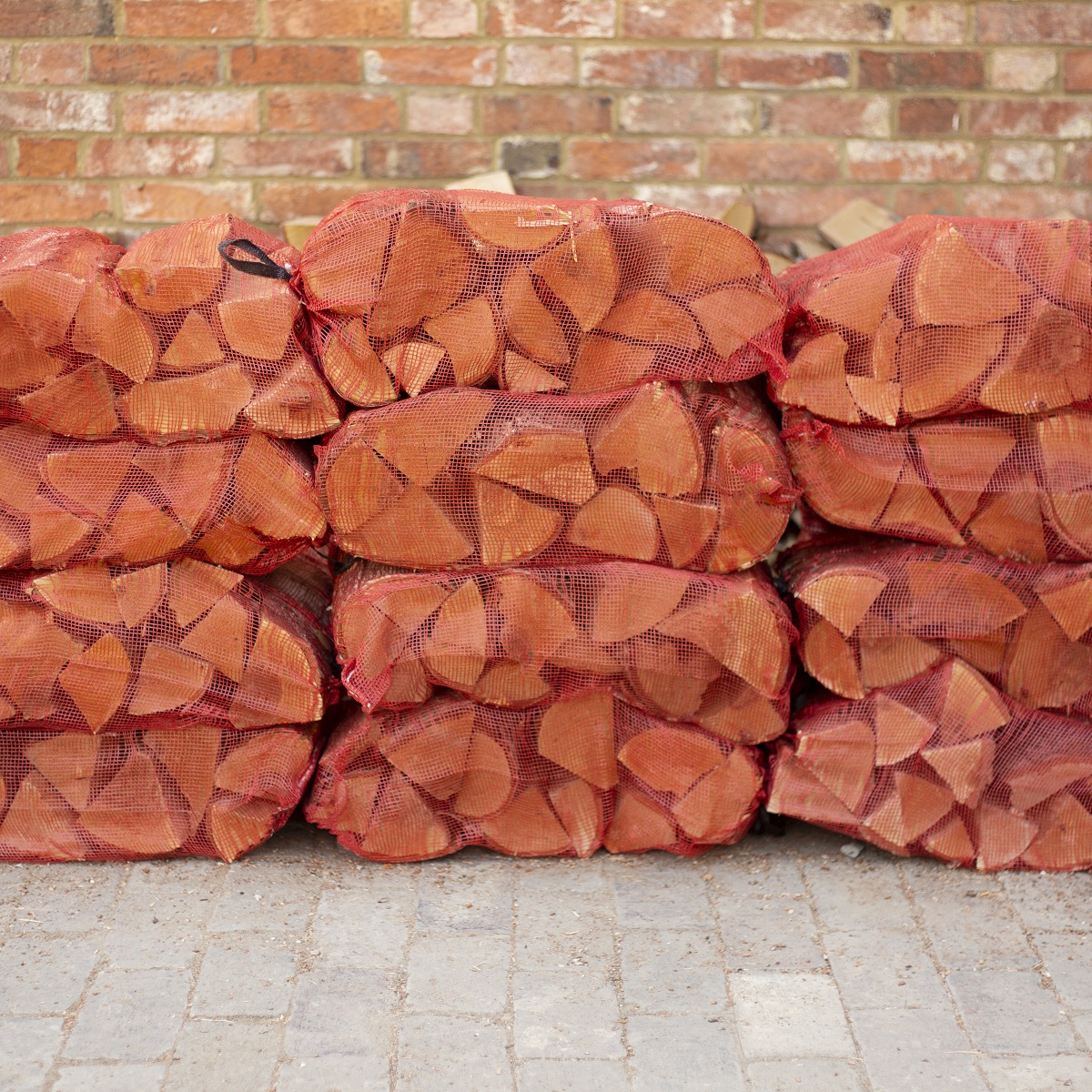Oxford Firewood
Oxford Logs
Free delivery to Oxford and surrounding areas.
- Kiln-dried logs
- Free delivery
- Free stacking service
- Local team delivering to Oxford.


Oxford Logs
Free delivery to Oxford and surrounding areas.
- Kiln-dried logs
- Free delivery
- Free stacking service
- Local team delivering to Oxford

At Nene Valley Firewood, we supply top-quality kiln-dried logs with free delivery and stacking across Oxford and surrounding villages. Whether you’re in town or tucked away in the Oxfordshire countryside, our local team delivers straight to your door—fast, friendly, and five-star rated. Keep your home warm with sustainably sourced wood, dried and ready to burn.
Best Selling Logs and Firewood in Oxford
Kiln Dried Hardwood Logs – Bulk Bag
£145 Incl. VAT
Top-quality firewood logs with a long burn and great heat efficiency.
Kiln Dried Hardwood Logs 1, 2 or 3 loose m³
£210/M3 Incl. VAT (WITH FREE STACKING)
Buy Kiln-dried hardwood logs by the cubic metre for economy and value. Logs will be stacked for free in an outside location.
Kiln Dried Hardwood Logs 12, 30 or 60 nets
£110 – £450 Incl. VAT
Choose from 12, 30 or 60 nets for economy firewood. Always below 18% moisture content.
At Nene Valley Firewood, we supply top-quality kiln-dried logs with free delivery and stacking across Oxford and surrounding villages. Whether you’re in town or tucked away in the Oxfordshire countryside, our local team delivers straight to your door—fast, friendly, and five-star rated. Keep your home warm with sustainably sourced wood, dried and ready to burn.
Free Firewood Delivery Beyond Oxford
We also offer free delivery to all of the local areas around Oxford including Witney, Woodstock, Burford, Bicester and Chipping Norton. Whether you live near Oxford Botanic Gardens, St Mary’s Church Tower, Blenheim Palace, or Bicester Shopping Village, we’ll bring your logs right to your door.

Why choose us for your Oxford Logs?

You might’ve seen our delivery vans near the Univerity Parks, RAF Brize Norton or on the A420. Whether you’re in a Victorian terrace near the town centre or a rural farmhouse on the outskirts, we’re here to keep your firewood topped up all year round.
Send us a picture of one of our vans in Oxford and we’ll add some free firelighters to your next order!
Fun Facts…. Oxford’s Historic Connection to Wood and Fire

Oxford’s long-standing ties to wood and fire span several fascinating centuries:
Medieval and Early Modern Woodlands
• In the Chiltern Hills near Oxford, woodlands were managed as coppices, regularly cut oak and beech stools to provide fuel for everyday fires and local industries like smelting, tile-making, and glassworks.
• Wood was shipped down the Thames as billets and bavins, long sticks and bundles, used in fireplaces across London, even preferred by Queen Elizabeth I over coal.
Fire Prevention & Early Fire Brigades
• Oxford’s first fire engines were acquired in the mid-1600s, accompanied by a city-wide bucket and ladder system. Residents kept leather buckets ready by law.
• By 1870, Oxford formed a volunteer fire brigade housed in New Inn Hall Street; their expansion led in 1896 to the George Street fire station, a regal Italianate building with communal hall and engine bay.
The Corn Exchange & Fire Station Complex
• Completed in 1895–96, this combined structure on George Street originally housed grain markets and the city’s fire appliances under one ornate roof.
• It functioned as Oxford’s fire headquarters until the brigade moved in 1971, the site was later repurposed first for storage and then as the Old Fire Station theatre & arts centre.
Modern Wood Burning & Smoke Control
• Wood-burning remains culturally rooted in Oxford, with pubs featuring open fires and ongoing use of wood fuel
• Due to health concerns, Oxford introduced Smoke Control Areas from 1958 onwards and expanded to cover the entire city from December 2024, regulating wood-burners and chimney emissions. However you can still burn wood using a DEFRA-exempt appliance https://smokecontrol.defra.gov.uk/appliances.php/.
Summary
Oxford’s bond with wood began in its woodland economy, fuelling homes, industries, and even royal palaces. Its relationship with fire evolved from communal bucket brigades, to organised firefighting in the late 19th century, housed in a grand combined Corn Exchange and Fire Station. Today, that legacy endures both in heritage buildings like the Old Fire Station and in local traditions, now carefully balanced with air quality regulations to reduce smoke pollution.






